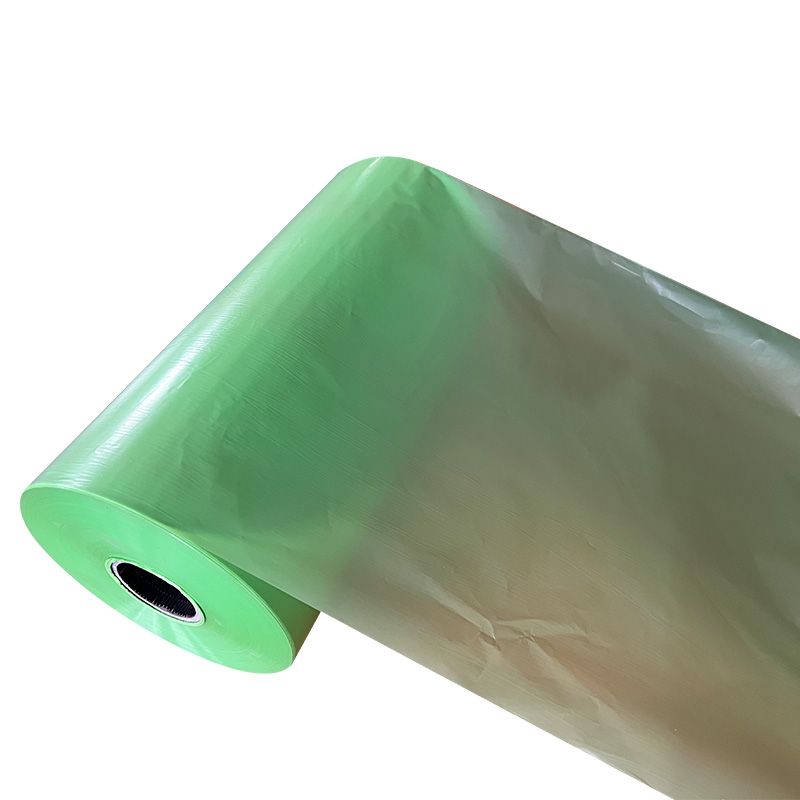The manufacturing of dangerous goods packaging stretch film involves the use of various materials that contribute to the film's performance, safety, and durability. Here are the primary materials used:
Linear Low-Density Polyethylene (LLDPE):LLDPE is the most common material used in stretch film production due to its excellent stretchability, strength, and puncture resistance. It forms the core of the stretch film, providing the essential properties needed for secure and flexible wrapping.
Metallocene-Catalyzed Polyethylene (mPE):mPE offers enhanced mechanical properties, such as improved tensile strength and puncture resistance, compared to standard LLDPE. It helps the stretch film maintain its integrity under high stress and provides superior load stability.
High-Density Polyethylene (HDPE):HDPE may be incorporated to increase the film's toughness and resistance to tears. It contributes to the overall durability of the stretch film, ensuring it can withstand rough handling and environmental stressors.
Polypropylene (PP):PP is sometimes added to enhance the film's resistance to moisture and chemicals. It helps improve the barrier properties of the stretch film, making it suitable for packaging hazardous materials that may be sensitive to environmental conditions.
Adhesive Resins:These resins are added to improve the film's cling properties, ensuring it adheres tightly to the load without the need for additional adhesives. This is crucial for maintaining the stability and security of the packaged goods during transportation.
UV Stabilizers:UV stabilizers protect the stretch film from degradation caused by exposure to ultraviolet (UV) radiation. This ensures that the film retains its strength and protective qualities even when stored or transported outdoors.

Anti-Static Additives:Anti-static additives reduce the buildup of static electricity on the film's surface. This is important for preventing dust attraction and potential sparks, which could be hazardous in environments dealing with flammable or explosive materials.
Colorants and Opacifiers:Colorants and opacifiers can be added to the film for identification, branding, or to provide UV protection. Colored or opaque films can help protect sensitive goods from light exposure and provide easy visual identification of packaged materials.
Recycled Materials:Some stretch films incorporate recycled polyethylene to enhance sustainability. While maintaining essential performance characteristics, the use of recycled materials helps reduce environmental impact.
These materials are carefully selected and blended to create a stretch film that offers the necessary strength, flexibility, and resistance to environmental factors, making it suitable for packaging and transporting dangerous goods safely and securely.



 English
English 中文简体
中文简体














